
Posted By: Medsole RCM
Posted Date: Nov 03, 2025
Mistakes in ICD-10 coding may look small, but their impact is massive. A single misclassification in the hypertriglyceridemia ICD 10 code can halt payments, trigger audits, or even question a provider’s compliance record. The real frustration begins when claims bounce back for reasons that could have been avoided with proper documentation and attention to E78.1 coding detail.
Providers often underestimate the significant financial impact of coding errors. Reimbursement may be denied or postponed, and lab documentation might be disregarded, leading to missed lipid panel findings or confusing clinical notes. When coders do not tie E78.1 ICD-10 to complete and accurate documentation, the repercussions are sure to follow in multiple directions. Specifically, there may be both direct and indirect impacts on revenue and patient trust. Coding an E78.1 ICD-10 would have made claim processing easier and quicker, and claim turnover and rework cycles would have been kept to a minimum. It builds payer confidence and reduces administrative fatigue. For healthcare professionals, mastering this code is not just about technical accuracy; it’s a financial safeguard that protects both clinical integrity and the bottom line.
Could you please clarify what the ICD 10 code for hypertriglyceridemia, E78.1, signifies in daily practice? Think of it this way. A patient has triglycerides at 320 mg per deciliter while cholesterol is normal. That pattern points to E78.1—pure hyperglyceridemia, not a mixed lipid disorder. When you see that lab result, you know the right diagnostic path.
Why does the distinction matter? Payers prioritize specificity. Coding E78.1 rather than an unspecified lipid code signals clear clinical documentation and medical necessity. If the documentation names fasting triglycerides and a metabolic cause, the claim reviewer has the evidence they need. When applying the E78.1 diagnosis code, always confirm fasting triglyceride levels and rule out secondary causes.
What should clinicians and coders record every time? Note fasting triglyceride values, state whether the cause is primary or secondary, and list any related conditions. This simple checklist makes claims easier to adjudicate and improves claim approval rates for triglyceride-related care. Next, we will unpack the documentation pitfalls that still trip up many practices. Often used interchangeably, pure hyperglyceridemia vs hypertriglyceridemia represent distinct categories within ICD-10.
Every coder knows the pain of seeing a claim returned for “insufficient documentation.” It stings not because you made a mistake, but because something as simple as a missing lipid panel value can erase hours of work. In hypertriglyceridemia ICD 10 claims that happen more often than most admit.
Imagine this: a provider diagnoses pure hyperglyceridemia, but the note only says “high triglycerides.” There’s no mention of fasting levels, no cause stated, and no secondary conditions ruled out. To a payer, that looks incomplete. The claim goes into review, and your revenue goes into limbo.
For clean claims under E78.1, every document must align—lab reports, physician notes, and assessment codes. The coding team should verify that triglyceride levels are listed numerically and that E78.1 appears consistently in both the encounter and the billing sheet. This small verification saves weeks of back-and-forth.
When practice audits deny claims, they often observe one pattern: documentation doesn’t match the ICD-10 narrative. The good news? That’s fixable. Structured templates, coder–clinician communication, and periodic training eliminate ambiguity. It’s not just compliance—it’s how sustainable revenue protection begins. Learn more about denial management strategies to safeguard revenue.
Billing for hypertriglyceridemia ICD 10 is more than assigning E78.1; it’s about aligning every clinical note, test result, and code into a cohesive claim. Most denials come from mismatched documentation or missing evidence of medical necessity if a payer can’t trace the diagnosis to a supporting record, and reimbursement stalls.
A clean claim begins with structured coding workflows. Coders should assess the triglyceride levels, ensure correct documentation under primary hypertriglyceridemia ICD-10, and check for related lipid conditions or comorbidities.. When everything is in order, payers see the submission as accurate, reasonable, and payable.
To optimize revenue, healthcare teams must integrate proactive claim audits and automated checks into their process. These tools catch discrepancies before submission and eliminate unnecessary delays. When done right, coding for E78.1 ICD-10 becomes not just accurate but profitable.
Providers who partner with experienced billing experts see fewer denials and faster reimbursements. That’s where trusted teams like MedSole RCM quietly make the difference—by handling the complexity of claim review, payer compliance, and coding validation so you can focus on care, not corrections.
Walk into any clinic, and you’ll see it—the moment a lipid report lands on the desk. The provider looks at a triglyceride level of 520, sighs, and knows what’s next. It’s not just about cholesterol anymore. That single number reshapes how the patient’s story will unfold. That single number reshapes how the patient’s story will unfold—and when levels rise dangerously, hypertriglyceridemia pancreatitis ICD 10 coding becomes essential for proper treatment and reimbursement tracking.
When a diagnosis links to E78.1, it defines more than a disease. It tells the billing team, the insurer, and the care coordinators that this is pure hyperglyceridemia, not mixed or secondary. That code signals a metabolic issue that needs lifestyle guidance, medication, and long-term follow-up. If that note doesn’t capture it precisely, everyone down the line feels the ripple.
Accurate use of hypertriglyceridemia ICD 10 drives better preventive care, too. Once those codes flow into population health data, analytics teams can identify high-risk patients for counseling or dietary intervention. Proper use of the fasting lipid panel ICD 10 (Z13.220) ensures that screening results are correctly documented and billed for continuity of care. What starts as good coding ends as better care.
In practice, correct coding turns into a loop of care, documentation, and reimbursement that actually works. It’s the bridge between clinical truth and financial survival—a balance every successful billing team learns to protect.
Every developer has experienced it: when a claim is rejected for seemingly unjust grounds. Hypertriglyceridemia codes, particularly E78.1, are easy on paper but are complex in practice. These are the most prevalent traps that waste time, money, and patience.
The most frequent mistake is coding every triglyceride elevation under E78.1. Not every patient fits this definition. Some cases fall under mixed or secondary lipid disorders. Some cases may involve severe hypertriglyceridemia ICD 10 categories or mixed lipid disorders that require different coding. Before assigning this ICD-10 code, coders must ensure that the patient fits the criteria for pure hyperglyceridemia. Otherwise, denials are nearly guaranteed.
Sometimes the error doesn’t lie in coding but in the note itself. Providers often write “hyperlipidemia” or “lipid disorder” without clarifying the type or cause. When a coder can’t connect hypertriglyceridemia ICD 10 to a clear clinical description, the payer sees a gap. This leads to the rejection of the claim and the loss of valuable time.
Red flags frequently arise when claims lack numeric lab values. Payers need proof—not assumptions. Always include the fasting triglyceride level and relevant lab reports when submitting E78.1 ICD-10 claims. It’s a small detail that protects thousands in reimbursement.
Diabetes, obesity, or excessive alcohol use are common causes of high triglycerides, but they are rarely the primary disease. That is secondary hypertriglyceridemia. If you don't clearly document those comorbidities, payers may become confused, leading to unreliable data. Always code them alongside E78.1 so your claims stay clean and fully reimbursed.
Many teams rush the claim submission. A quick peer or coder review before final upload catches 90 percent of errors. Building review checkpoints into the workflow prevents recurring denials and improves payer trust. Accuracy today means fewer audits tomorrow.
Clean claims are not the result of chance. They start with smart habits—the kind that become second nature to experienced billing teams. The goal isn’t just getting E78.1 right; it’s building a workflow that makes accuracy routine.
Start with your notes. The diagnosis, fasting triglyceride level, and whether the cause is primary or secondary should be clear for each visit. That one detail—primary vs. secondary—changes everything about how the claim is read and paid.
Before submission, slow down. Please take a moment to review the chart, the labs, and the code alignment. Please ensure that E78.1 ICD-10 is included in both the clinical documentation and the billing sheet. One missing link can undo an entire day’s work. A few extra seconds of review save hours of appeal later.
Use technology to your advantage. Claim scrubbing software and AI-assisted audits are capable of capturing details that the human eye may overlook. But even the best systems rely on positive input. That’s where trained coders, supported by proactive billing partners, make all the difference.
That’s also why many providers partner with MedSole RCM. Their billing specialists don’t just process claims; they help identify gaps, align documentation with ICD-10 rules, and reinforce compliance before submission. It’s the kind of quiet precision that keeps claims clean and revenue steady.
|
ICD-10 Code |
Condition Name |
Description |
Documentation Tip |
|---|---|---|---|
|
E78.1 |
Pure Hyperglyceridemia |
Elevated triglycerides with normal cholesterol levels |
Record fasting triglyceride levels and rule out secondary causes. |
|
E78.2 |
Mixed Hyperlipidemia (hyperlipidemia ICD 10 reference) |
High triglycerides and cholesterol |
Specify both lipid elevations in your notes. |
|
E78.3 |
Hyperchylomicronemia |
The severe elevation of triglycerides is caused by an enzyme deficiency. |
Include relevant laboratory findings and genetic links, if known. |
|
E78.5 |
Hyperlipidemia, Unspecified |
Elevated lipids, type not defined |
Avoid using unless necessary; detail lab data when possible. |
Insight: Clear documentation and consistent code use not only ensure proper reimbursement but also improve longitudinal patient care by aligning clinical and billing narratives.
At its core, accurate use of hypertriglyceridemia ICD 10 (E78.1) isn’t just about coding—it’s about clarity. It’s about clarity. Each lab result, note, and claim narrates a unique story. When that story is complete and consistent, payers approve faster, patients receive smoother care, and providers stay compliant.
The challenges around hypertriglyceridemia ICD 10 often stem from habit, not knowledge. Rushed entries, vague documentation, or skipped reviews quietly build denial rates. But the teams that slow down, standardize their process, and align their documentation workflows see measurable results in both revenue and reliability.
That’s where partnerships make sense. A dedicated RCM partner like MedSole RCM keeps your coding process tight, audits routine, and claims audit-proof—so you can focus on medicine, not paperwork.
Consistent coding doesn’t happen through luck; it’s built on discipline. The most successful billing teams review every claim as if an auditor were reading it tomorrow. Precision today is profit tomorrow.
To effectively eliminate denials, safeguard revenue, and establish a seamless ICD-10 workflow, please consider auditing your E78.1 documentation this week. The difference will show up in your next reimbursement cycle.
We invite you to reach out to MedSole RCM today to enhance your ICD-10 documentation strategy and ensure quicker reimbursements.
Request your free billing review. →
That’s E78.1. It’s used when a patient has high triglycerides but normal cholesterol. Most providers call it pure hyperglyceridemia. It helps link the diagnosis to the right billing path.
You’ll use E78.1 for that too. It basically tells payers, “This isn’t a mixed lipid issue—it’s strictly raised triglycerides.” Always verify the lab report before using it.
Yes, it can be. Triglycerides increase the risk of heart issues and pancreatitis when they become too high. Early detection and proper coding maintain care and claims timeliness.
Start with the root cause—diabetes, obesity, alcohol use, or whatever triggered it—then add E78.1. That way, the record shows what’s driving the triglycerides and how the care plan fits.
Recent Blogs
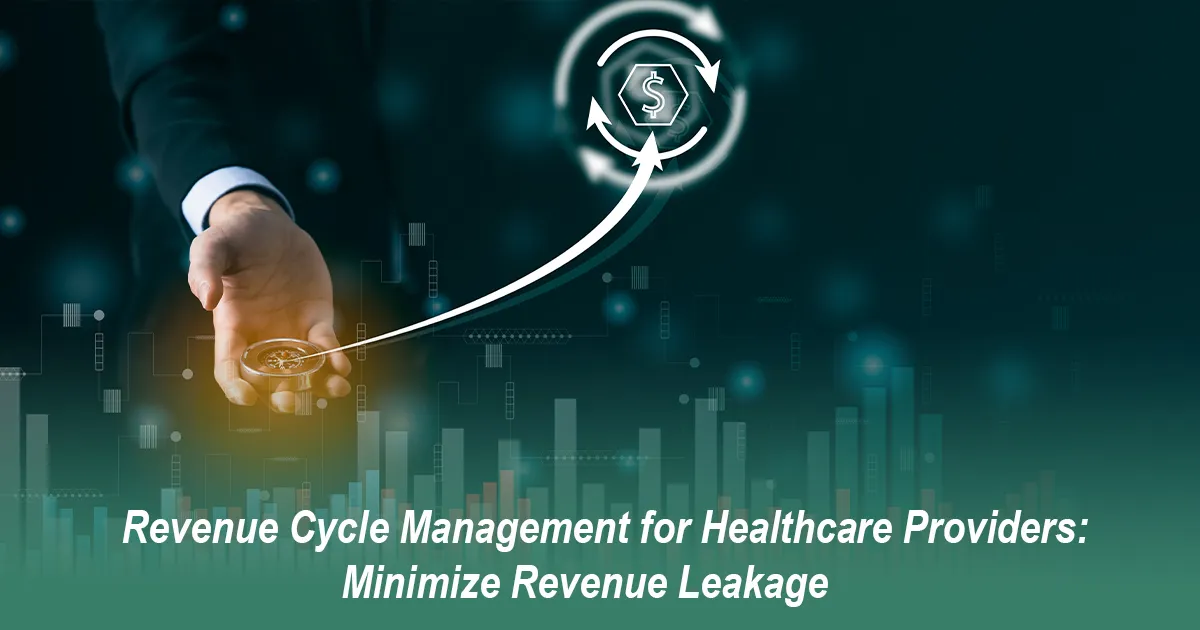
Posted Date: Jun 24, 2025

Posted Date: Jun 26, 2025

Posted Date: Jun 28, 2025

Posted Date: Jun 30, 2025

Posted Date: Jul 02, 2025
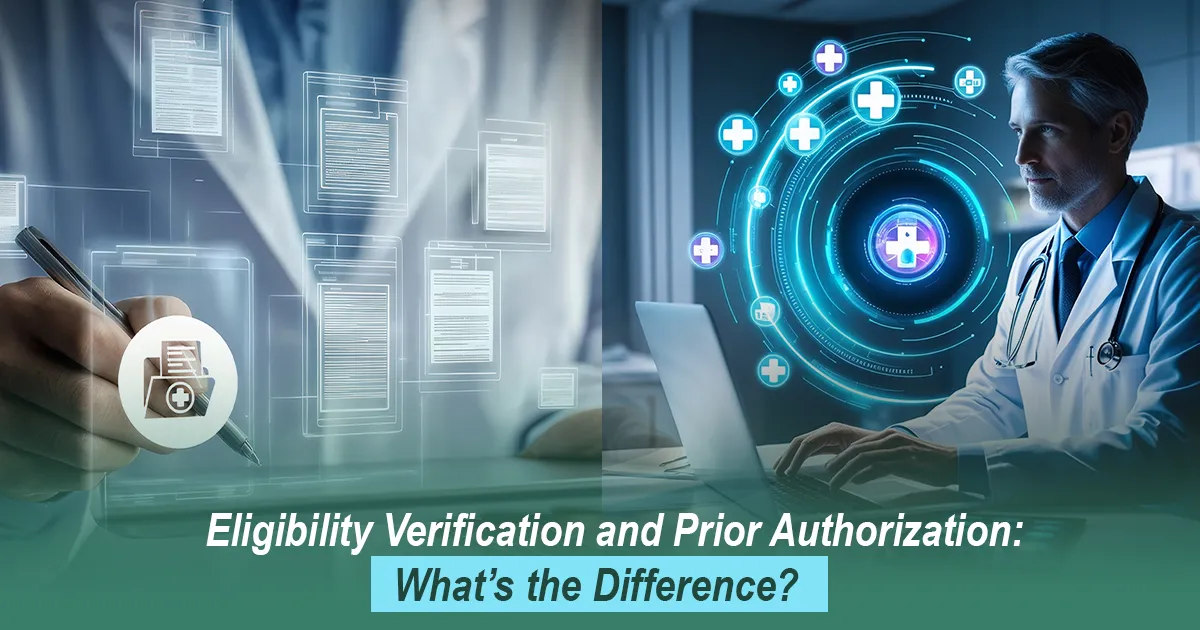
Posted Date: Jul 04, 2025
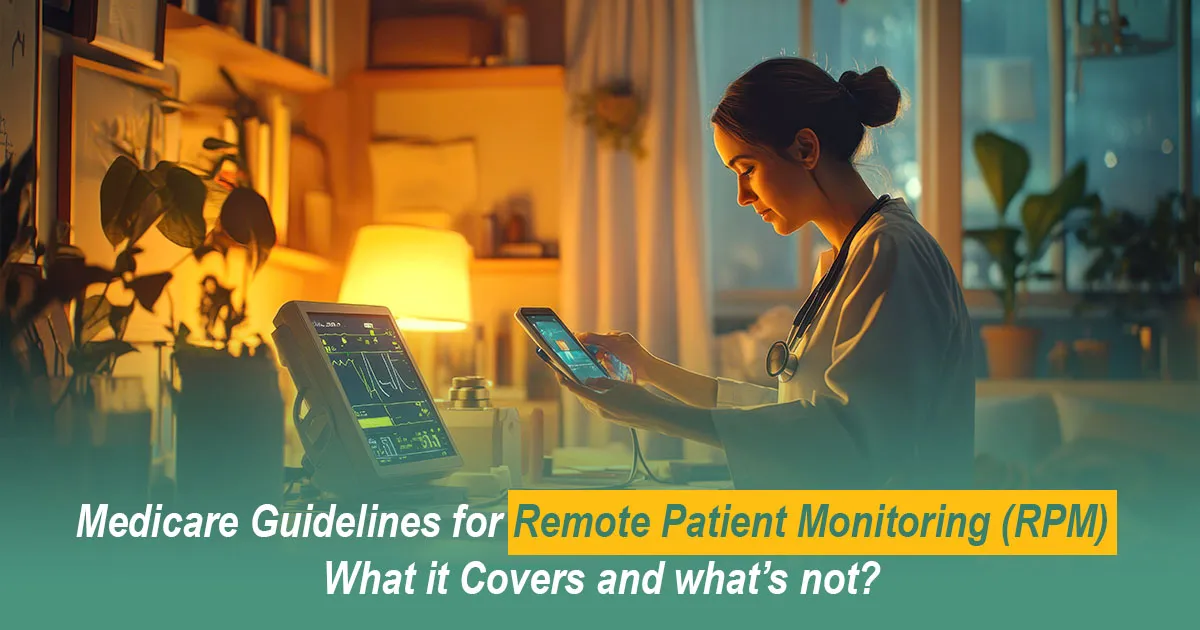
Posted Date: Jul 07, 2025
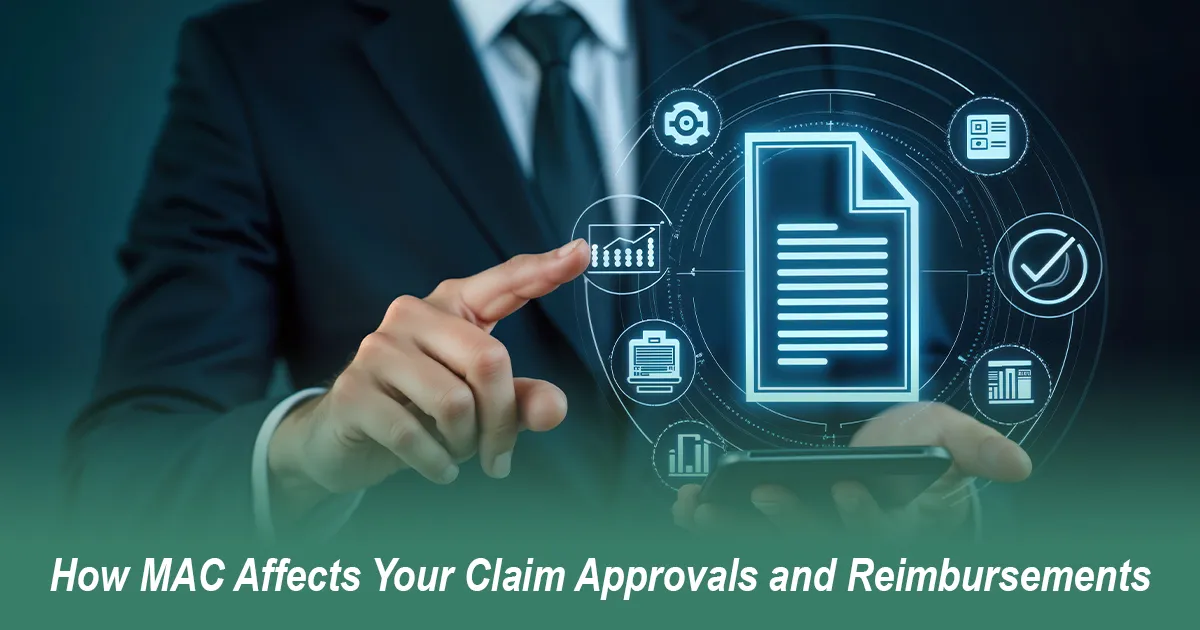
Posted Date: Jul 09, 2025

Posted Date: Jul 11, 2025

Posted Date: Jul 14, 2025

Posted Date: Jul 16, 2025

Posted Date: Jul 18, 2025

Posted Date: Jul 22, 2025

Posted Date: Jul 23, 2025
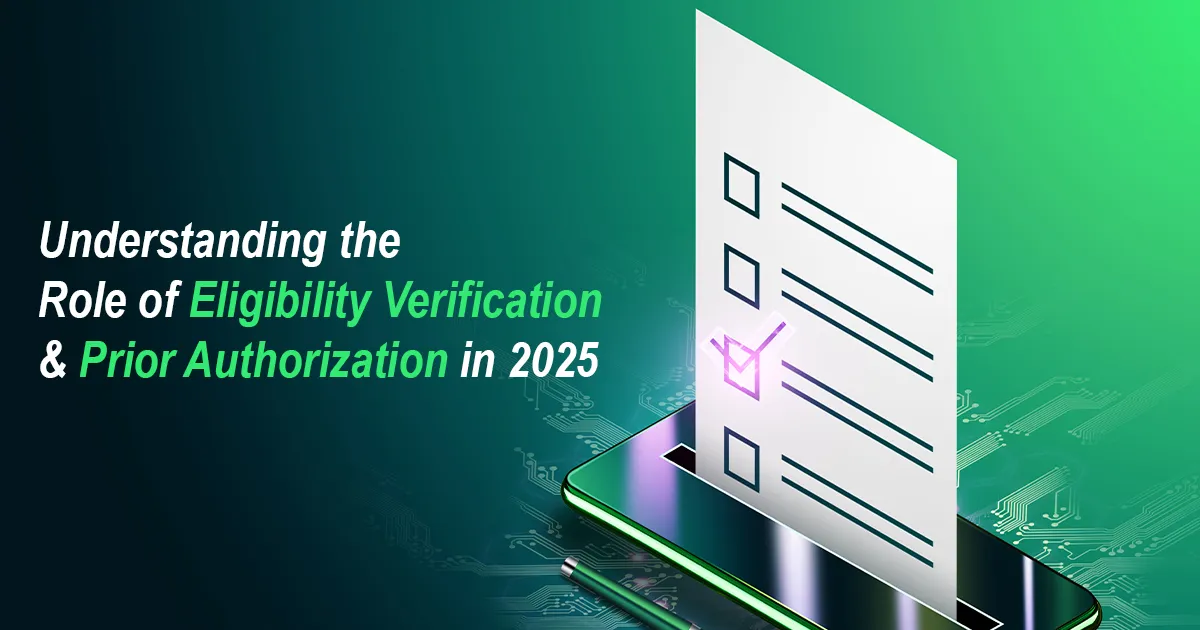
Posted Date: Jul 25, 2025

Posted Date: Jul 28, 2025

Posted Date: Aug 01, 2025

Posted Date: Aug 04, 2025

Posted Date: Aug 06, 2025

Posted Date: Aug 08, 2025

Posted Date: Aug 11, 2025
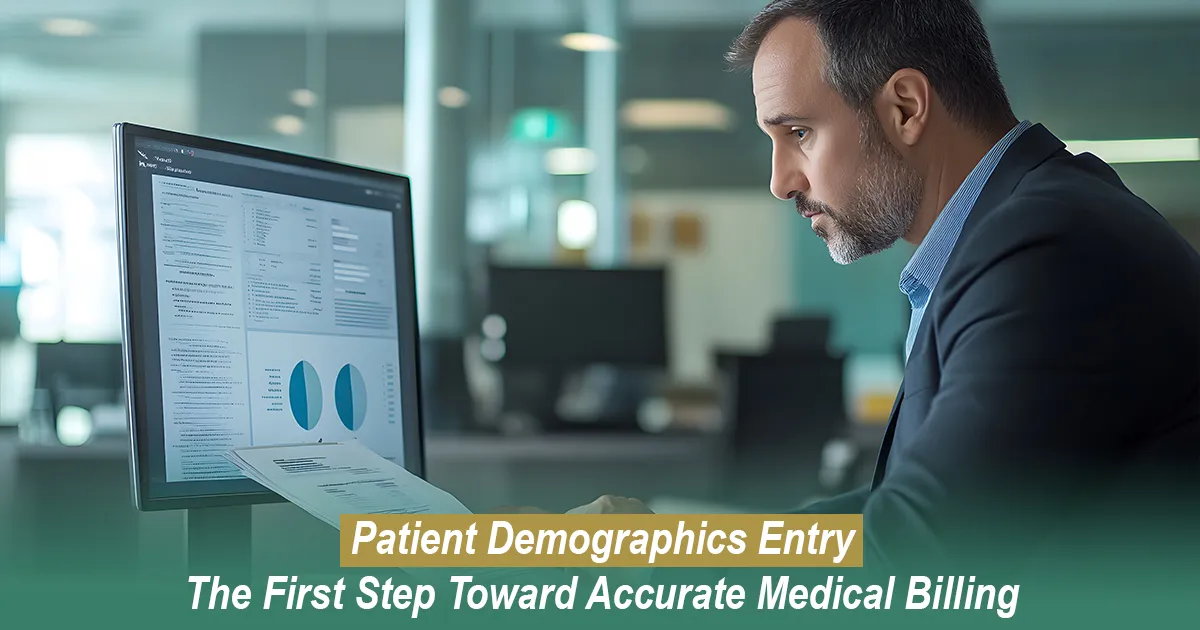
Posted Date: Aug 14, 2025
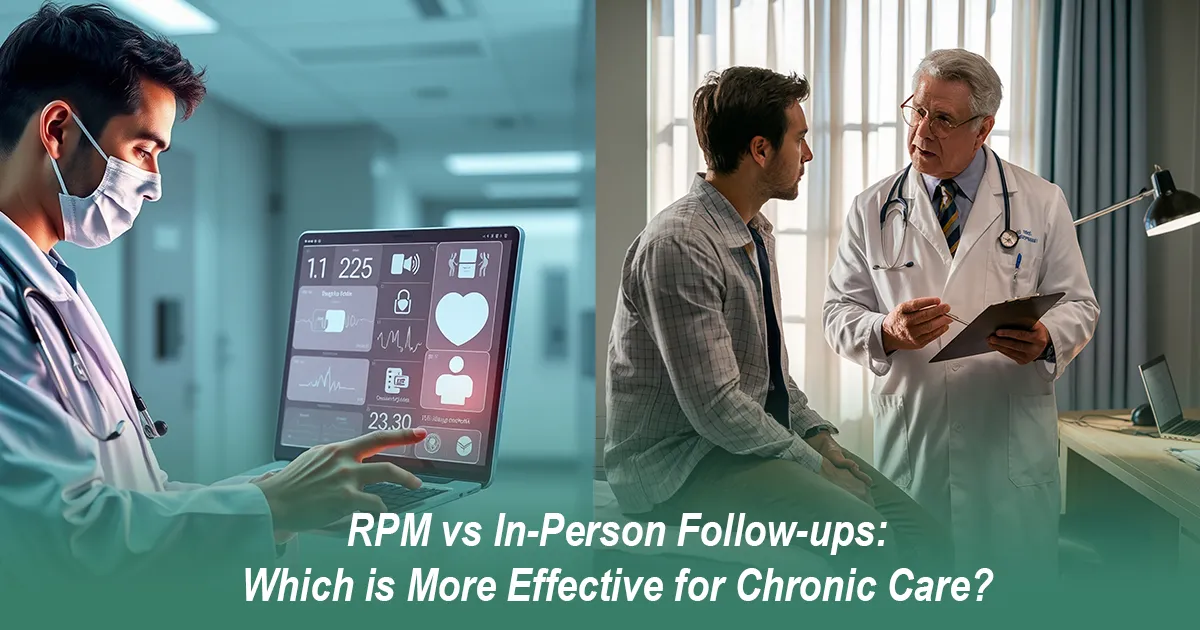
Posted Date: Aug 18, 2025
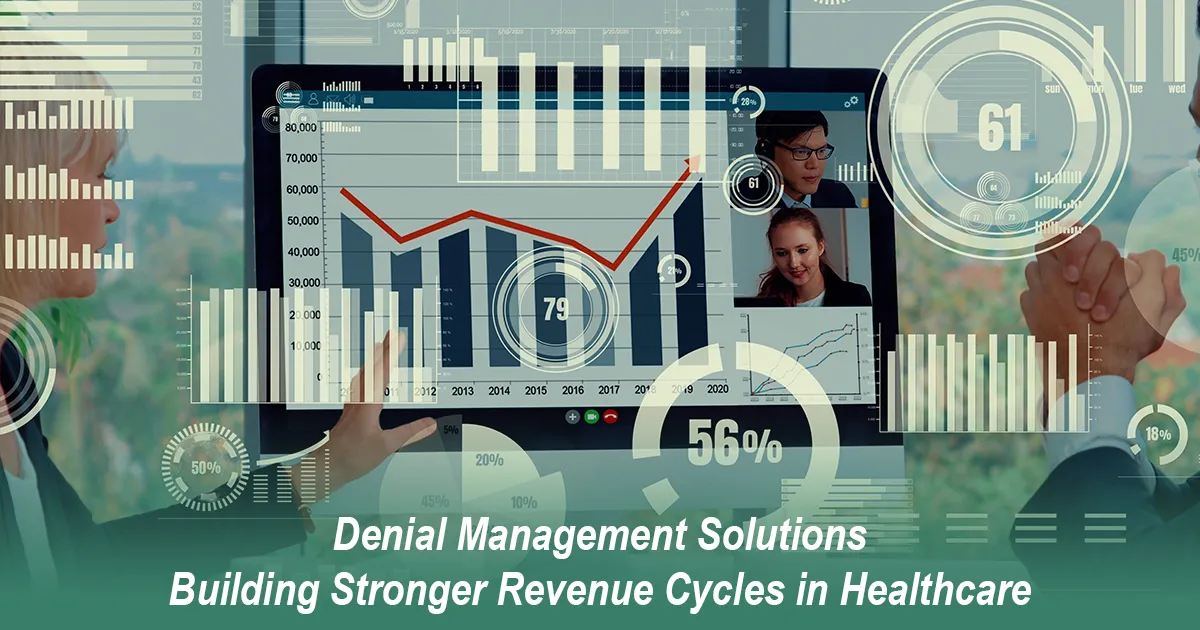
Posted Date: Aug 20, 2025
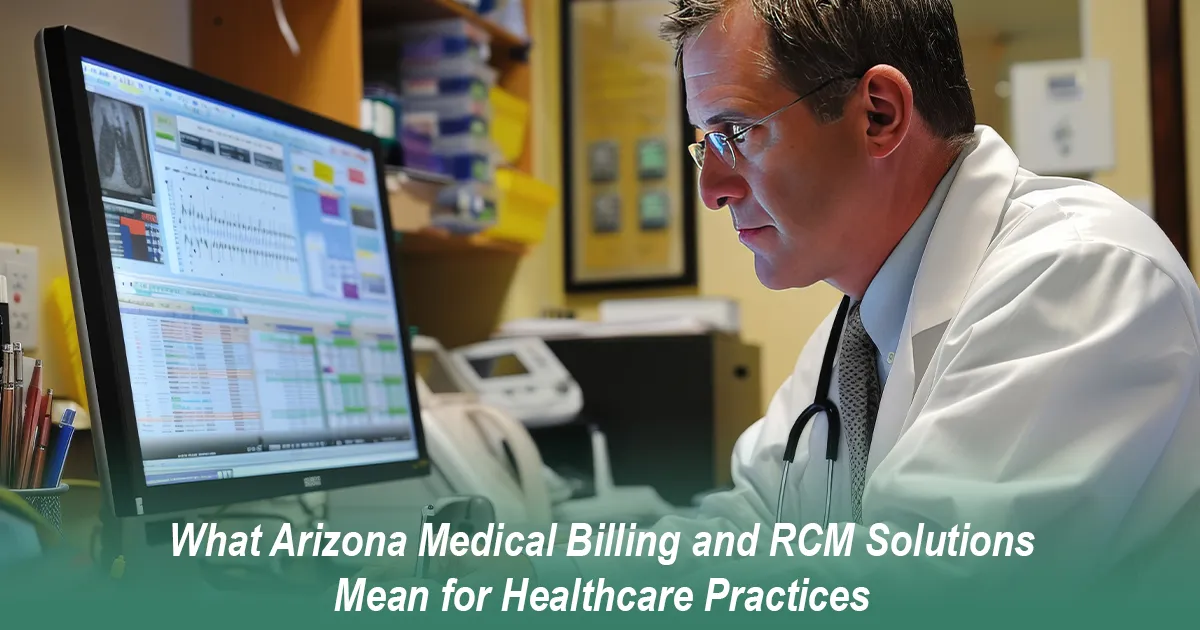
Posted Date: Aug 25, 2025

Posted Date: Aug 27, 2025
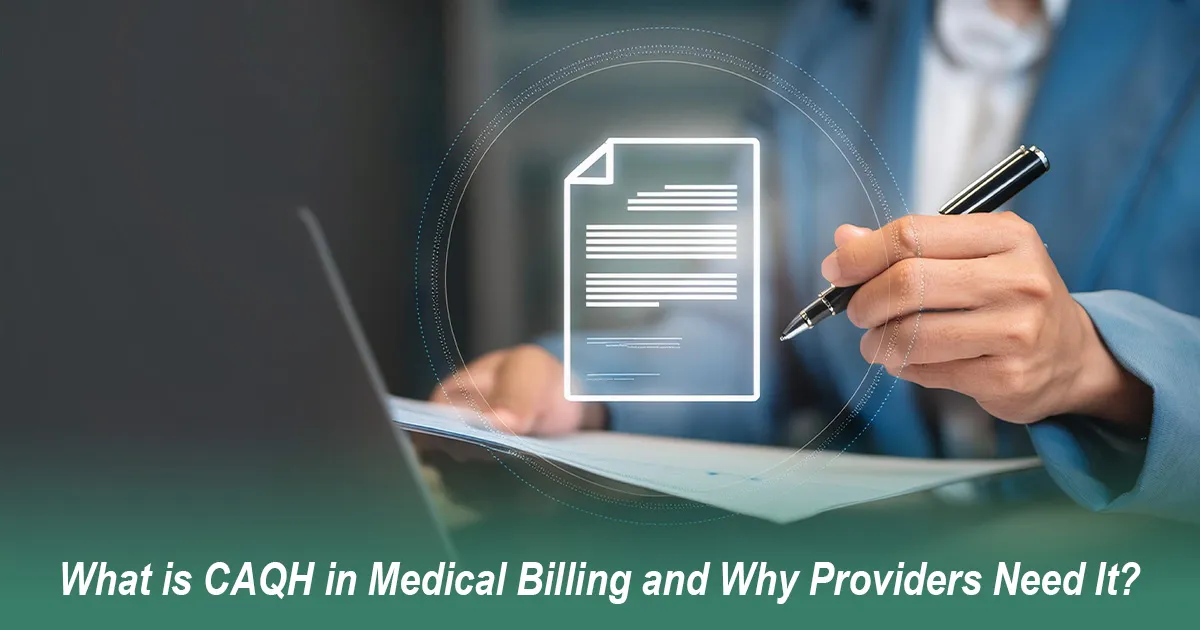
Posted Date: Aug 29, 2025

Posted Date: Sep 03, 2025

Posted Date: Sep 05, 2025

Posted Date: Sep 08, 2025

Posted Date: Sep 15, 2025
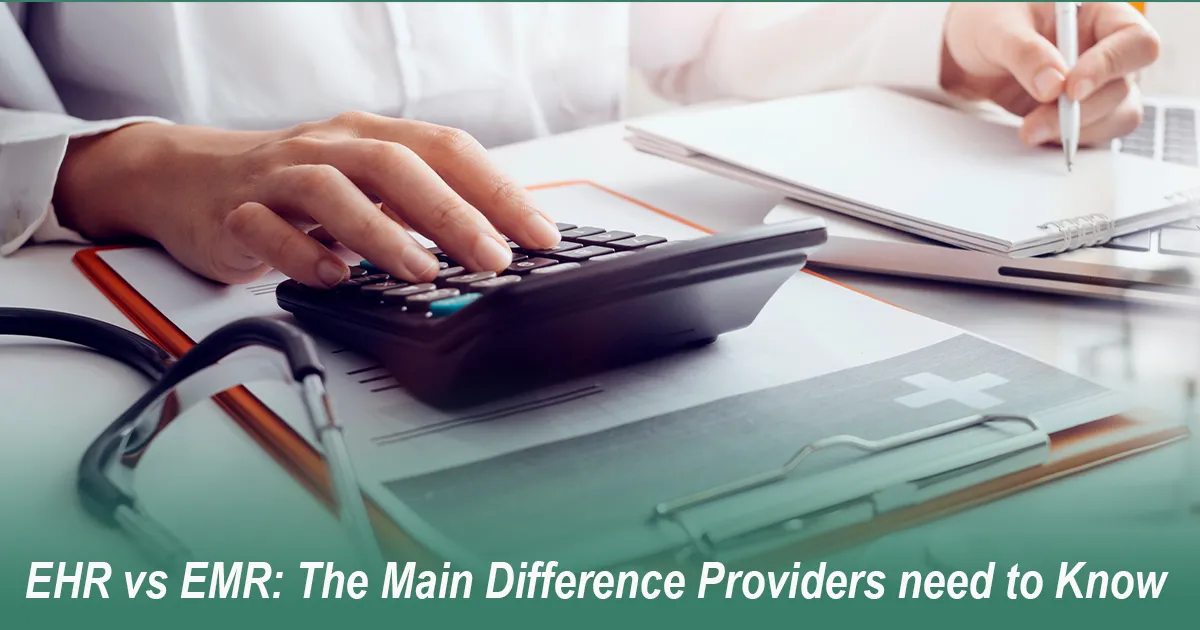
Posted Date: Sep 18, 2025

Posted Date: Sep 22, 2025

Posted Date: Sep 24, 2025

Posted Date: Sep 26, 2025
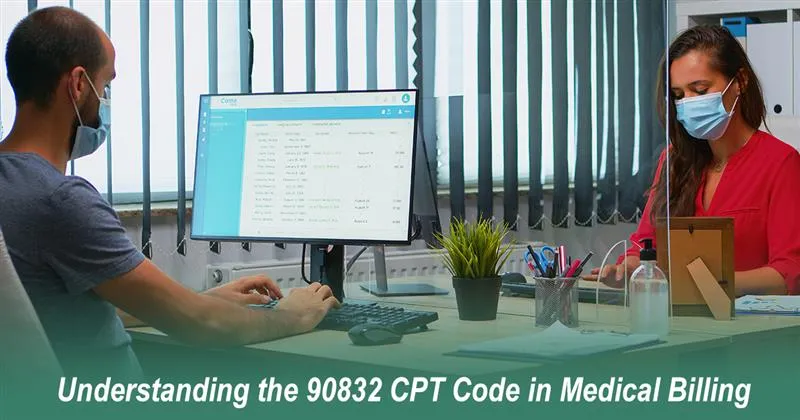
Posted Date: Sep 29, 2025

Posted Date: Oct 02, 2025
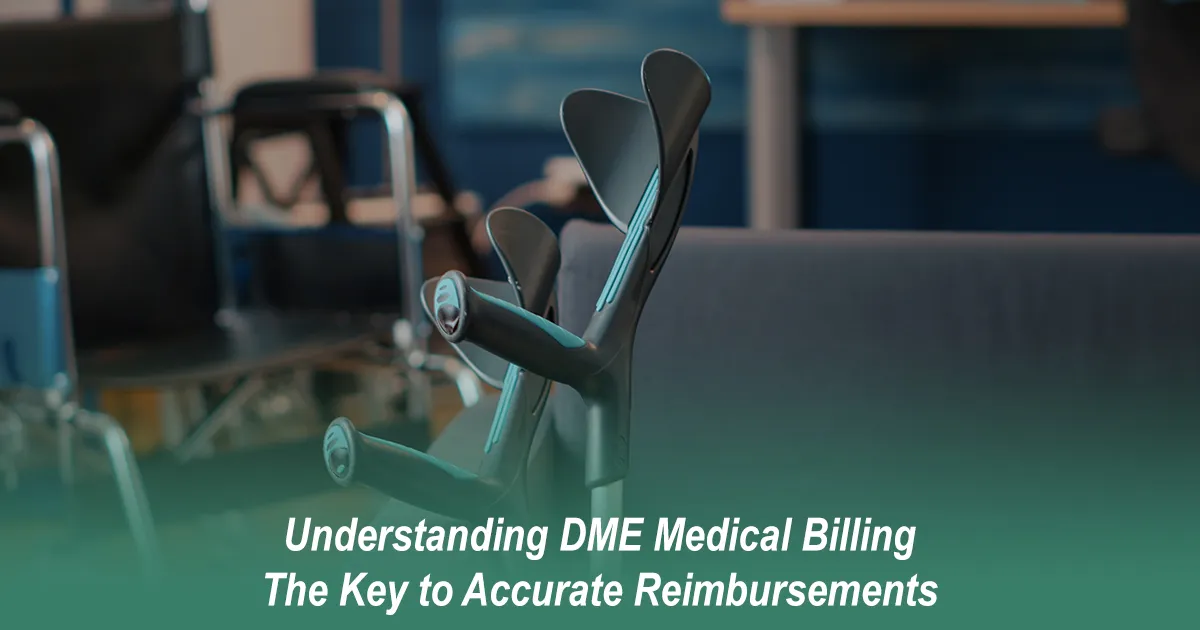
Posted Date: Oct 13, 2025

Posted Date: Oct 16, 2025
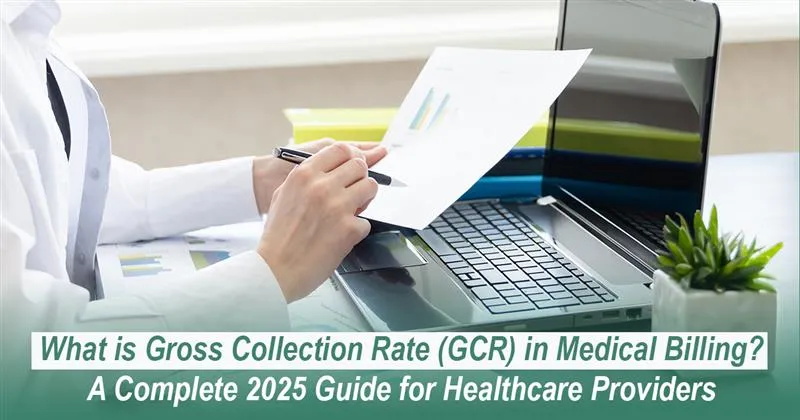
Posted Date: Oct 23, 2025
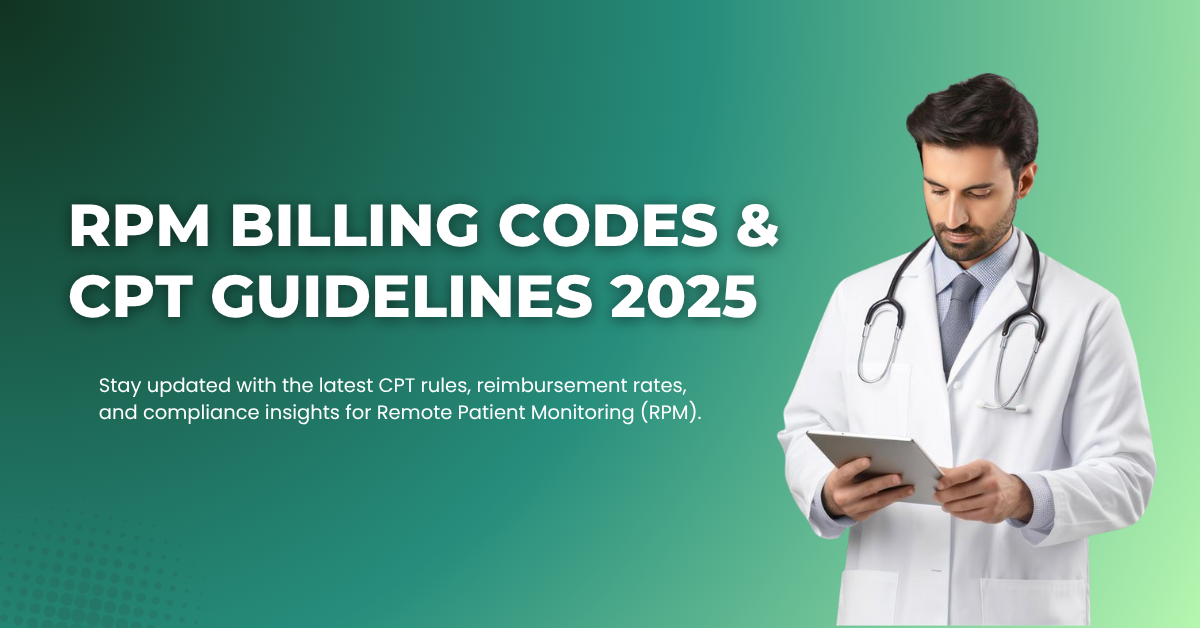
Posted Date: Oct 27, 2025
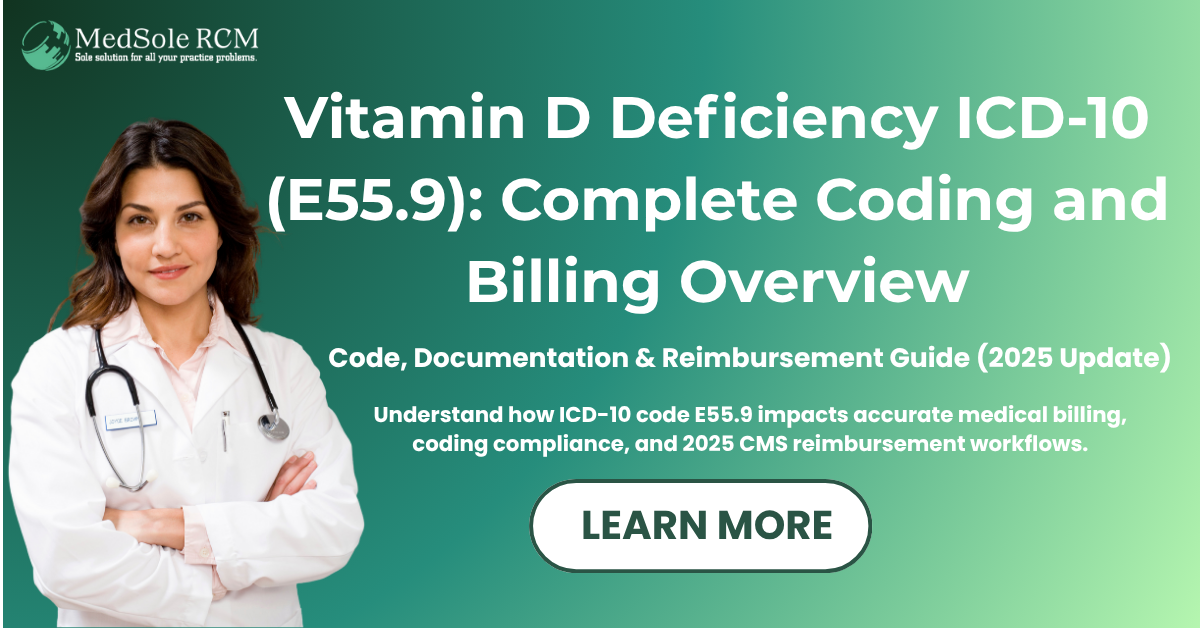
Posted Date: Oct 28, 2025

Posted Date: Oct 30, 2025

Posted Date: Oct 31, 2025

Posted Date: Nov 03, 2025
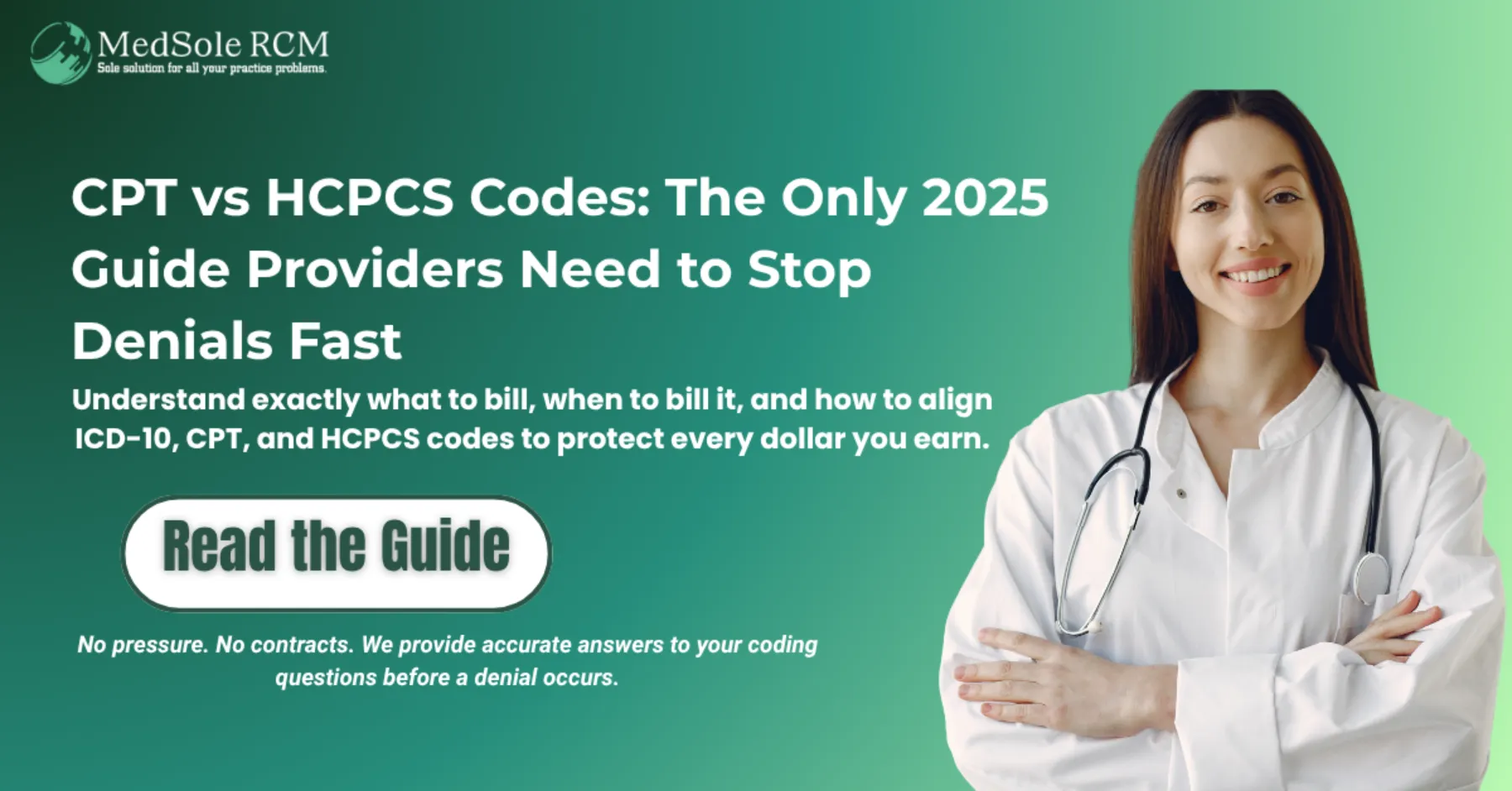
Posted Date: Nov 05, 2025
_11zon.webp)
Posted Date: Nov 11, 2025
.webp)
Posted Date: Nov 14, 2025